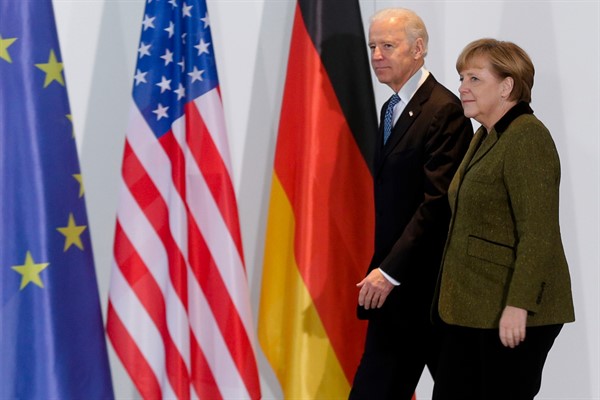The United States is “back,” proclaims U.S. President Joe Biden, seemingly as often as he can. The coming week will show if the same is true of the West. At successive summits of the G-7, NATO and the European Union, Biden and fellow leaders will confront a dual task: reviving the community of advanced market democracies and showing that the West is capable of resolving today’s complex transnational challenges.
Biden’s election in November heartened the U.S. foreign policy establishment, and understandably so. The new president promised to pick up the mantle of global leadership that Trump had cast aside and make the West once again the core of an open, rules-based world order. The aberrant Trump years might then recede into the past, eventually viewed as a bizarre interregnum between two “normal” periods of U.S. internationalism.
Unfortunately, this simple Restoration scenario collides with four inconvenient truths. First, the Western-led order was on its heels well before Trump, knocked off balance by rising geopolitical competition from China and Russia; a shrinking collective share of global GDP among the member states of the high-income Organization for Economic Cooperation and Development; and public disillusionment with globalization, particularly after the financial crisis. These weaknesses remain. Second, the Trump era cast doubt on U.S. global staying power, encouraging close allies in Europe and Asia to hedge their bets against a suddenly capricious America. Such misgivings persist, despite Biden’s reassurances. Third, the Trump presidency demolished what little remained of the bipartisan internationalist consensus. Democrats and Republicans now inhabit different foreign policy planets. Finally, it is unclear if inherited Western institutions can adapt to today’s global challenges, whether climate change, cyberwarfare, pandemic disease or economic dislocation.

